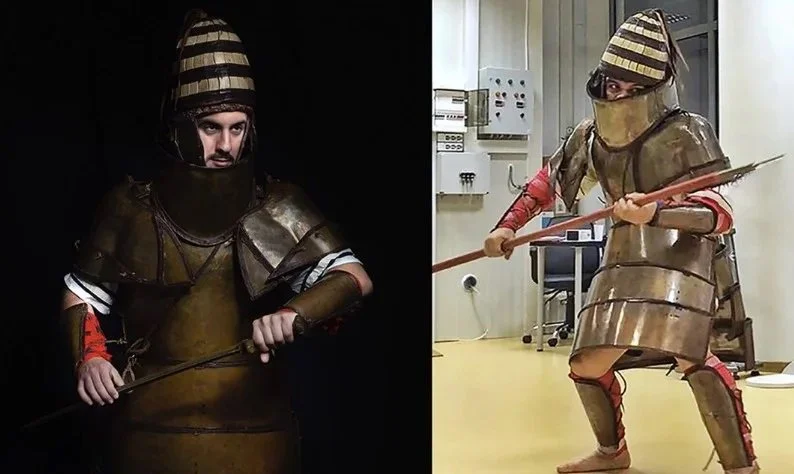Alexander the Great lifetime silver tetradrachm minted in Amphipolis, Macedonia, c. 325-323 BC, 26mm in diameter, 17.2g in weight, nearly pure silver, depicting Herakles (Hercules), mythological founding father of Macedonia.
The tetradrachm was Alexander's silver stater, or standard denomination, with more of them minted than any other Alexander denomination, and more of them likely minted than any other single ancient coin type during their run of nearly three centuries. Alexander's silver coinage was minted from native mines in Macedonia and Thrace as well as from the huge stock of bullion that he captured from the Persians.
The complete range of Alexander's Herakles silver denominations is dekadrachm (rare), tetradrachm, didrachm, drachm, fifth tetradrachm (rare denomination used in Babylon), hemidrachm, diobol, obol, thirtieth tetradrachm (rare denomination used in Babylon), hemiobol, and quarter obol (also called tetartemorion), with some of the smaller fractions featuring different reverses than the larger denominations. Unlike Alexander's bronze coinage, which was largely used in local marketplaces, tetradrachms were international, imperial coins that were used in state transactions, to pay mercenaries and other soldiers, and as tribute to keep Celtic invaders at bay. A tetradrachm, worth four drachms, was probably the equivalent of about four day's wages of a common laborer, or about $200 in today's money. Ironically, this is about the cost of an average Alexander tetradrachm today, though they can be had at anywhere from $60 for beat-up Fines to $2,000 and up for an eye-popping specimen in Fleur-de-Coin, or As Struck, condition.







